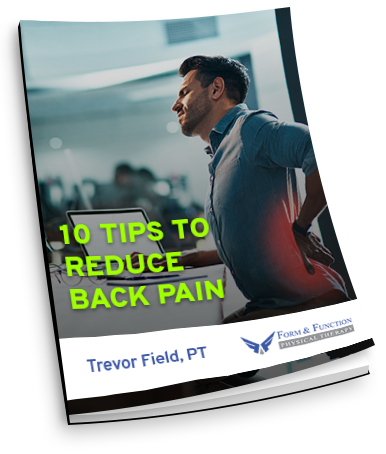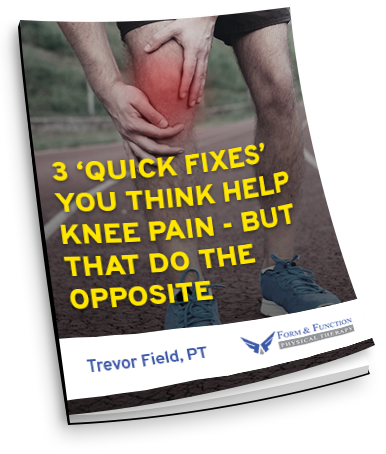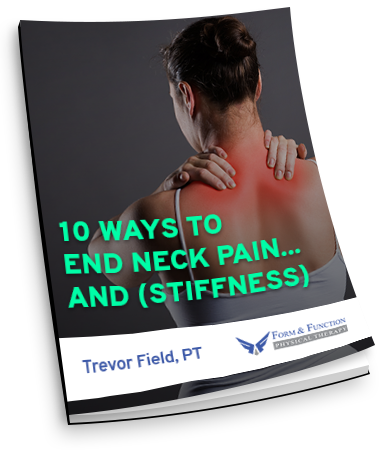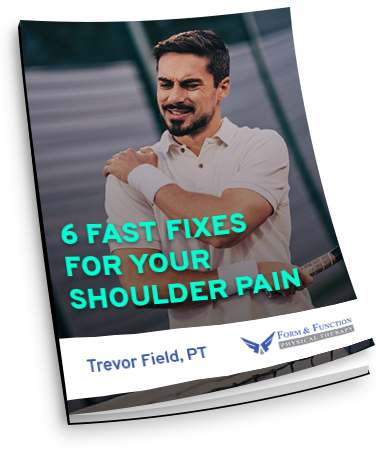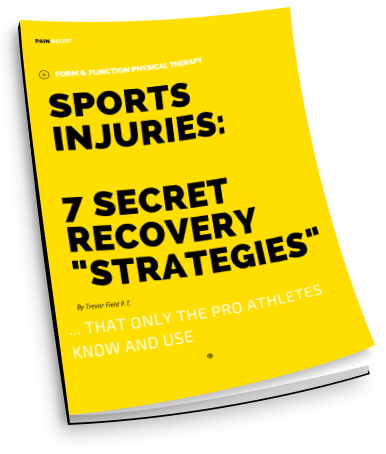Common injuries in baseball and how they occur
Shoulder pain with baseball is an incredibly common occurrence. Whether it be in Little League through high school and beyond, young athletes have been pushing themselves until their body says “no more”. Despite the best efforts of athletes and their parents and coaches to prevent overuse injury through the use of pitch counts, specialist pitching mechanics coaches and training tools, it seems that to prevent injury is impossible.
There are a multitude of structures that can be involved in developing shoulder pain from pitching. I wanted to cover a very infrequently talked about structure – the biceps tendon. This was not a common injury until younger and younger athletes started to pick up weighted balls to increase their throwing velocity. The mistake I see over and over is people see this new tool (that does work), but don’t quite understand when NOT to use it. There may be coordination issues in the athlete or weaknesses elsewhere in the body that prevents them from using the tool correctly. If there is poor timing of the arm or lack of use of the lower body, the shoulder will recruit whatever it has at it’s disposal to accelerate the arm. That’s where the bicep gets involved. Fortunately, we see most of these biceps tendon problems early where the tendon is just inflamed. If left alone, that biceps tendon will continue to pull from it’s attachment leading to a more serious injury to the labrum- or cartilage of the shoulder socket!
Weighted balls are not the only thing that causes the biceps tendon to become painful. Another usual suspect is GIRD. Glenohumeral Internal Rotation Deficit occurs frequently in baseball players from the constant overstretch of the structures in the front of the shoulder in a position called “layback” causing a relative tightening in the back of the shoulder. It can also come from an athlete that doesn’t follow though with their throw and having to abruptly stop the arm causing too much load on those muscles in the back of the shoulder, eventually causing them to tighten. If GIRD develops, the tight back of the shoulder causes the shoulder to vault forward, putting stress on the biceps tendon.
GIRD not only affects the biceps tendon and labrum of the shoulder, it can also put the rotator cuff tendons in jeopardy, and can eventually lead to issues in the elbow as well.
Tips on how to prevent baseball injuries
Tip #1:Stop using the ALPHABET: The T, W, and M positions of the arm!
Straight abduction of the shoulder (T Position) and excessive upper trapezius involvement and abduction (W and M positions) cause a mechanical impingement of the shoulder which will undoubtedly damage your labrum and rotator cuff. You cannot throw from this vulnerable position of the arm.
Tip #2: Throwing Through the PAIN will CAUSE MORE PAIN AND INJURY
When your arm, shoulder, and elbow hurt before, during, or after your pitch, STOP THROWING you are injured. Many “sources” on the internet will tell you to keep throwing and promote throwing from greater distances (LONG TOSS). This is the wrong advice. If you have pain,you need to stop immediately. Focus on the fundamental movements to restore proper (pain free) throwing motions, then resume empty hand throwing until you can have high intensity “throws”. Then, we can put the ball back in your hand.
Tip #3: FIX YOUR MECHANICS: Shorten your arm path as to throw WITH gravity or “downhill”.
The quicker you take your hand out of the glove, the more the body needs to use muscles to hold it up. This immediate release causes a long arm path. A long arm path makes your arm “late” once the torso turns towards home plate. The means your arm will have to accelerate against gravity and not downhill with gravity. To decrease the stress of the component, you must throw with gravity assistance.
Tip #4: FIX YOUR MECHANICS: BE TALL,
Shoulders relaxed Stand tall on the mound. Take a deep breath and allow your shoulders to drop or depress. Tension in your upper traps will cause your shoulder blades to elevate rather than naturally depress.
Tip #5: EXERCISE: STRENGTHEN and COORDINATE your BUTT!
Strength and control (coordination) of your Posterior Kinetic Chain (Back Extensors, Glutes, and Hamstrings) are vital for balance, power, velocity, control, and command. Do these “Sit to Stands” to help your pitching. This is a simple exercise, but must be mastered to be able to perform more aggressive strengthening safely:
Tip #6: EXERCISE: GET CONTROL OF YOUR SHOULDER BLADES!
Scapular Retraction is a vital move, exercise, and technique that you have to master.
TIP #7: The hidden engine for throwing with velocity.
This is a mobility technique that engages the glute, and is vital in pitchers throwing with velocity. The proper firing of your glutes is the hidden key to driving the ball to home plate with maximum velocity.
Tip #8: Use Ice And Heat:
This may be the question we get the most. Do I use ice or heat?
Heat is best for loosening up stiff muscles and joints. A lot of people find it useful in the morning when they’re stiff and having trouble moving, or before a practice or game.
Ice is good after any aggravating activity, to manage excessive inflammation and soreness. The goal isn’t to stop the inflammatory process altogether, as it is essential to have inflammation as a chemical marker for your body to mend the area. If we are constantly icing, you can delay healing or make healing incomplete, making you vulnerable to further injury.
Tip #9: Consult an Expert FAST.
Do not wait to get your sore arm looked at. The fastest way to take care of your arm/shoulder/elbow is to see an EXPERT with a very long record of patient results for your arm/shoulder/elbow injuries. Research the provider and act fast once you find one you like.
How and where can I treat my baseball injury?
While the previous tips can’t replace getting with a skilled physical therapist expert in treating baseball injuries, they can be a nice place to start until you can be seen. And the best news is that there are easy assessments that can even be done through video conferencing, so you don’t have to be in the same part of the country to get the help you need. Whether you are local to our clinic or not, the best way to find out if we can help you would be to talk directly to a PT.
We’ve created a way that you can start with a 15 minute free phone call to see if we can help you and answer all of your questions that are concerning you about shoulder pain after pitching.
Watch on Youtube here:

